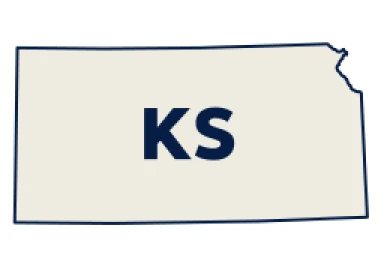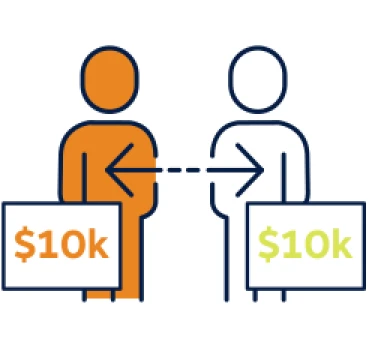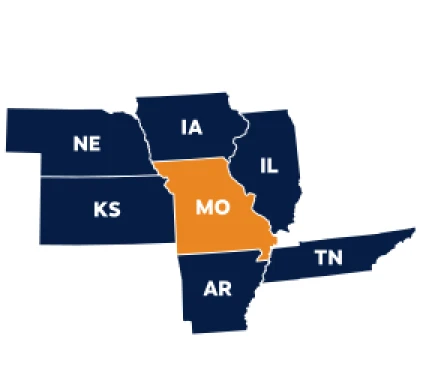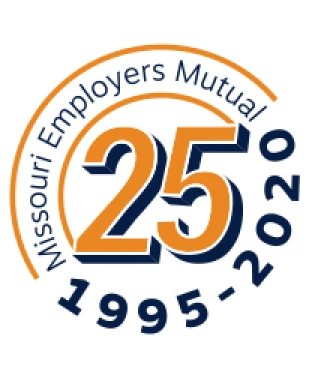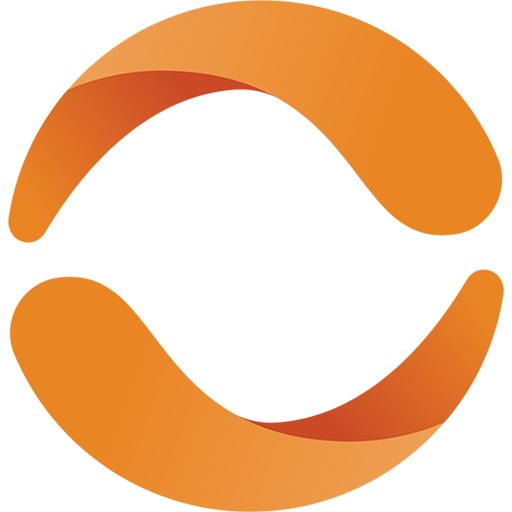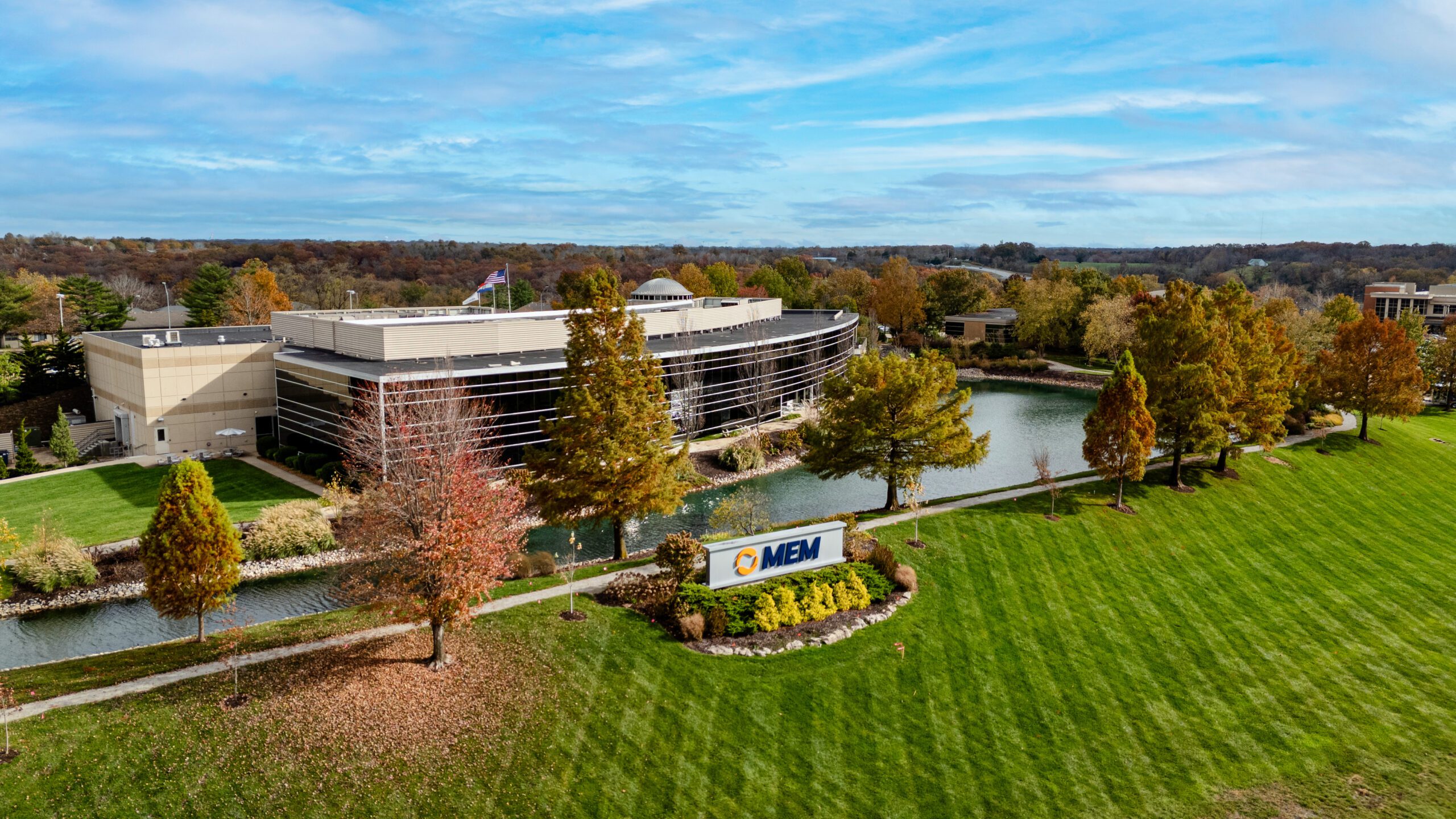Founded on Safety,
Built on Trust.
MEM was born out of a critical need. Missouri businesses grappled with soaring workers compensation costs, especially those with claims history. In response, MEM was established in 1993 to offer affordable coverage and a steadfast commitment to safety.
From our humble beginnings with a state loan, we’ve grown into a market leader. Our dedication to our policyholders is evident in our financial strength, as shown by our A- rating from A.M. Best, and our commitment to giving back to our policyholders and communities.

Growth and innovation
Our company is embarking on a new chapter. In 2025, 30 years after being chartered by the Missouri Legislature, we become a private mutual insurance company, enabling us to expand geographically and better serve our customers.
Today, MEM stands as a symbol of stability, innovation and a genuine commitment to our policyholders. We’re proud of our history and excited about the future.





